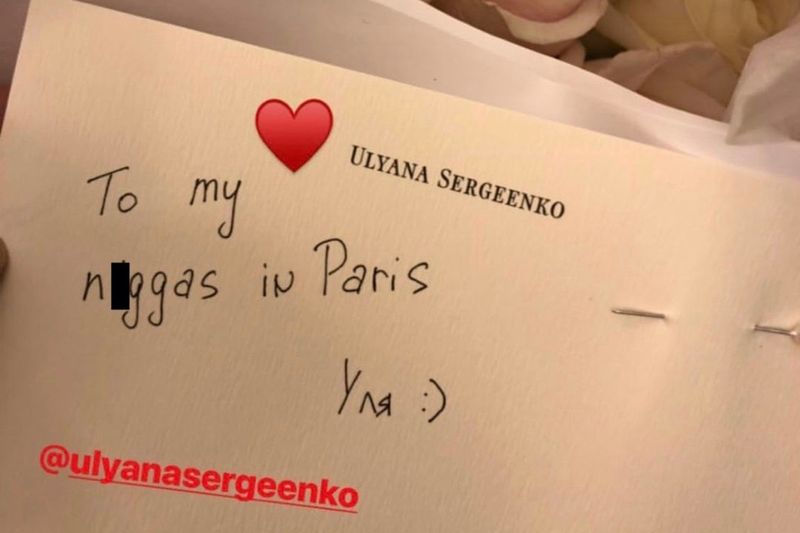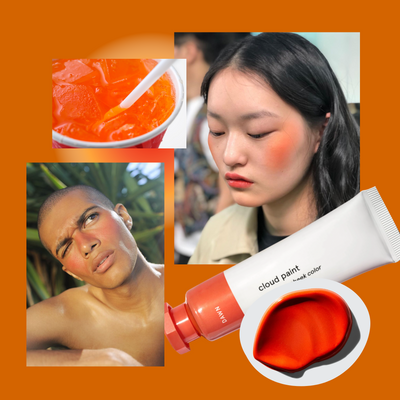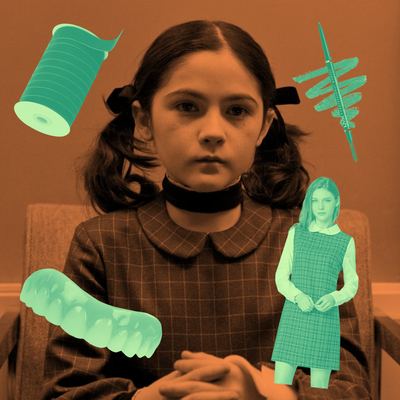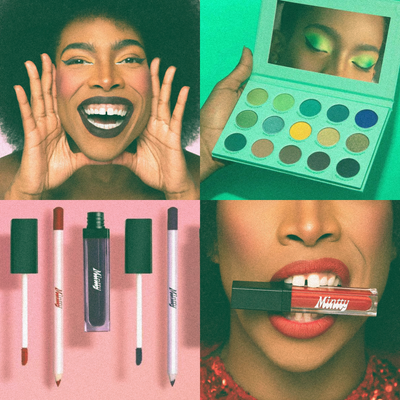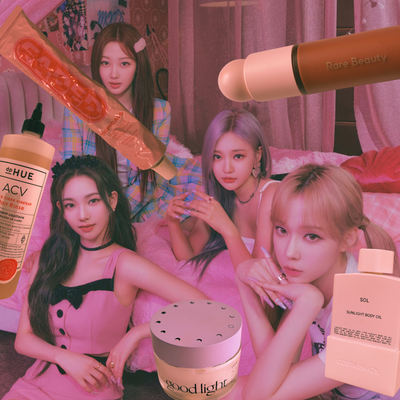On Monday night, Instagram exploded with furor as one fashion influencer uploaded a racist note from her designer friend.
“To my n*ggas in Paris,” read the note from couture designer Ulyana Sergeenko to her fashion influencer friend, Miroslava Duma. The latter uploaded the note onto her own Instagram Stories, with a heart emoji, to boot. The playful exchange between the two women, who are both white, affluent Russian socialites, is shocking in how casual it is. The post was up for a few hours until an intense backlash on social media forced both to issue apologies.
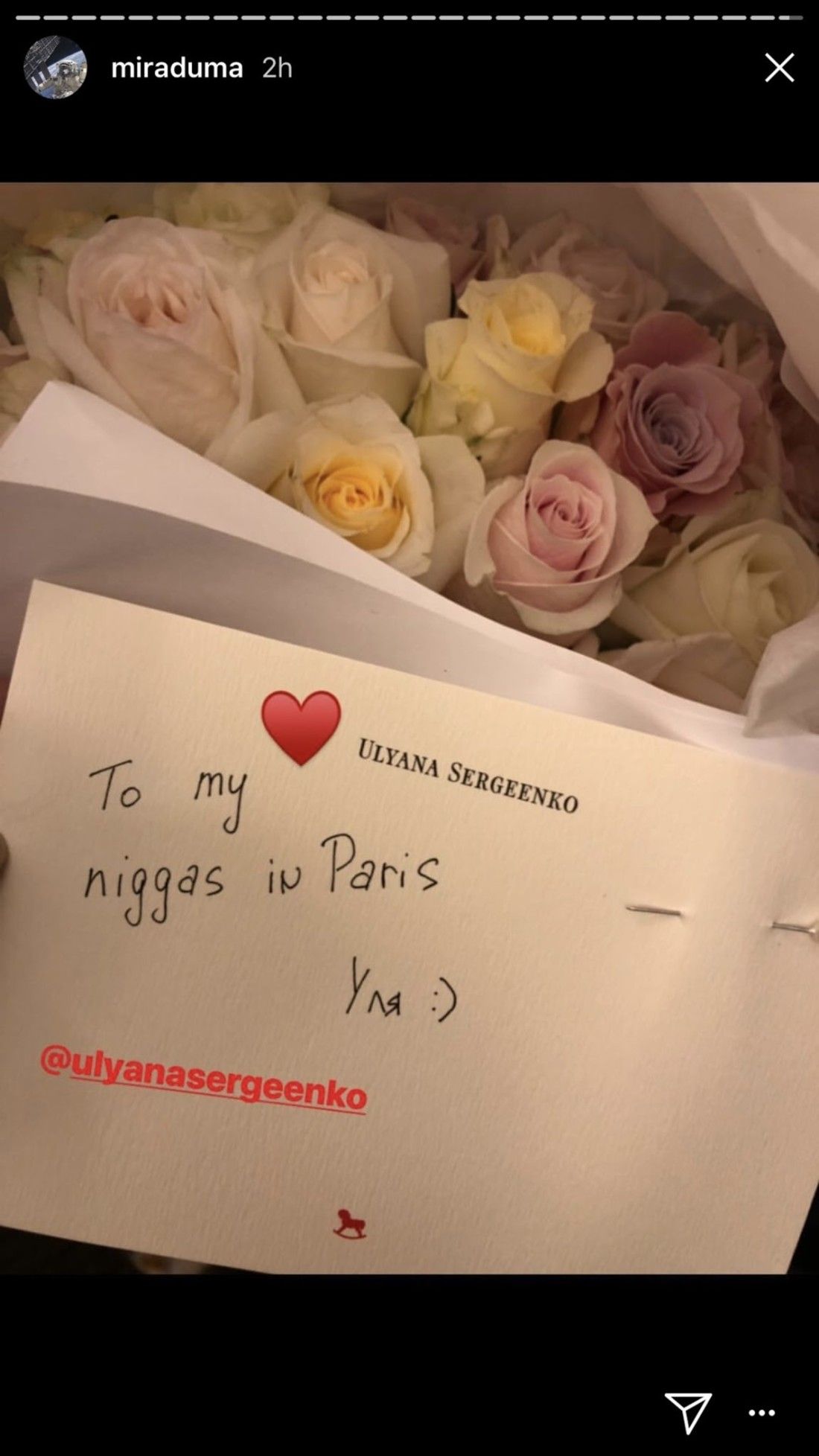
“I sincerely apologizes for my regrettable Instagram story that went out,” Miroslava wrote on her latest Instagram post. “The phrase referenced is from a Kanye West and Jay-Z song by the same title. The word is utterly offensive and I regret promoting it and am very sorry. I deeply respect people of all backgrounds and detest racism or discrimination of any kind.” Immediately after, The Tot, a e-commerce site for moms and children, removed Miroslava from its board of directors.
SEE ALSO: There’s one truth every gay white man needs to acknowledge
Her friend Ulyana’s uploaded her own response Tuesday morning that was swiftly deleted. Filled with what seems like an automatic reply for any white person accused of racism, she went to defend herself. She’s from East Kazakhstan and her daughter is Armenian, she wrote, inferring she, too, is a person of color. “I have never divided people on white or black” she explained. But what was most laughable was this justification: “Kanye West is one of my favorite musicians, and NP is one of my favorite songs. And yes, we call each other the N word sometimes when we want to believe that we are just as cool as these guys who sing it.”
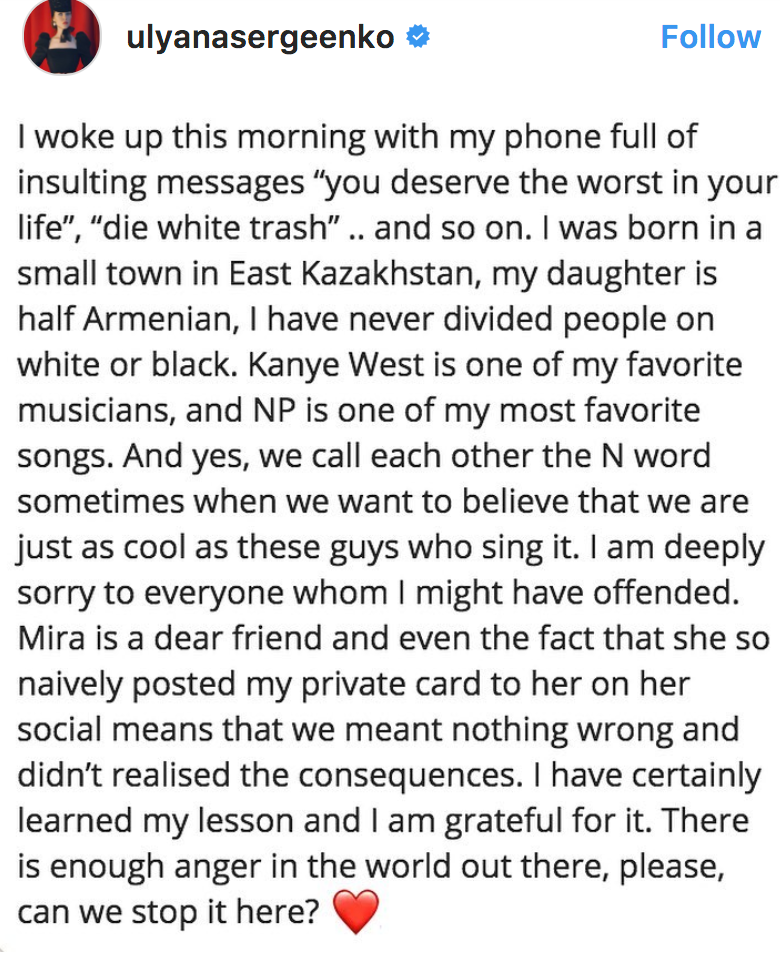
Well, that settles it folks. End of article. Racism is over.
Um, not.
Sadly, this non-apology is to be expected from the fashion industry. After all, in both the fashion and beauty industries, run by powerful, affluent white individuals, racism is as pervasive as the new pieces of clothing that are produced every season. It’s the same that readily uses black and yellow face almost seasonally; exoticizes and appropriates Native American headdresses; pokes fun at Asian ‘slanty eyes‘; appropriates black culture from dread locks to cornrows.
“Is it any surprise that white standards of beauty permeate the fashion world? Whiteness is hegemonic; it is the default, so everything – and everyone – are supposed to fall within that paradigm,” says Arienne Thompson, former fashion editor at USA Today who’s now a professor and PR professional. “When they don’t, they are ignored or downplayed or made to wait to get their due.” She goes on to tell Very Good Light that the entire issue stems from a lack of diversity in both industries. “I think the issue is more of an inclusion problem with racism at its root. In other words, if you think of racism as a disease, one of its symptoms is exclusion.”
She has a point. In American fashion alone, there are 12 total designers of African American backgrounds who are members of the Council of Fashion Designers of America. The New York Times found that school systems weren’t any more inclusive. African-Americans represented 4-percent of students at Parson in the past decade. Asian Americans accounted for 10-percent of the Fashion Institute of Technology. If the percentage of people of color is this small in the U.S., arguably the most diverse country in the world, it’s surely dire in places like Miroslava’s native Russia. One need only read this recent article from CNN to observe how all models featured are visibly caucasian.
But that’s not even the biggest problem. The most problematic aspect of this entire ordeal is how these racists see little to no repercussions. They’re still accepted in their social circles; lauded by the industries they run; celebrated on social media as fashion icons; they walk freely among us. It’s scary. It’s dangerous. When their beautiful masks are uncovered, what’s left are racists, no different than far-right, white power-touting Nazis. The only difference is at least the latter is upfront about their beliefs.
It goes without saying then, that these multi-billion dollar industries are deeply rooted in racist filth, tied together by complex, tightly woven fabric as intricate as any of the couture gowns produced by French ateliers. Behind the glitz, the glamour is an ugly industry that’s drowning in its own toxic deluge. It’s now our responsibility to clean out the swamp.
Time’s up.

